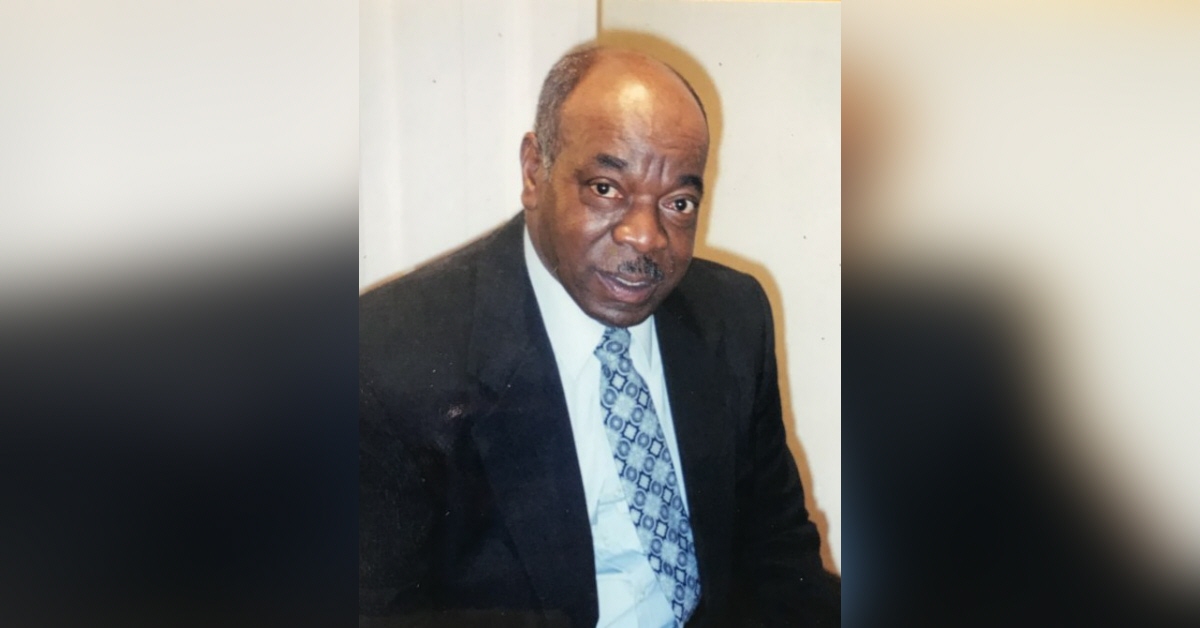
‘In the very act of working for the impersonal cause of racial freedom, a man experiences, almost like grace, a large measure of private freedom. Payne charts the power of the movement’s bottom-up approach. Before long, it runs under someone’s porch and then you meet the adults.’ You stand on a street corner and bounce a ball. When asked how you organize a town, he replied ‘By bouncing a ball. One local organizer who Payne clearly venerates is Bob Moses.

The second is ‘slow and respectful work.’ Organizers took time to get to know and understand local people and culture. When she finished, people crowded round her to promise they would join the struggle.’ She ended by leading the assembly in chorus after chorus of the old spiritual, ‘this Little Light of Mine’. She described the moral evil of racism ‘with a kind of redemptive reconciliation, a vision of justice that embraced everyone. Men and women alike began to stand up, call out her name, urge her on’. ‘Immediately, an electric atmosphere suffused the entire church. When Mrs Hamer stood up to speak during a mass meeting that was going badly (hot boring speeches): A chapter is devoted to describing and celebrating the work of extraordinary figures like Ella Baker and ‘Mrs Hamer’. Two further characteristics that Payne identifies is that many of the core organizers were women, often airbrushed out of the history because of the conventional focus on preachers and violence (although some of the women organizers packed a good punch, literally). Finally, leadership clustered around families rather than individuals – the same names crop up, as activist parents raise up activist children. Middle class businesspeople, preachers and teachers tended to keep their heads down in the first, most dangerous years, but often supported the movement behind the scenes. Faith played a huge role, both in motivating people to take action, and in shaping the way they approached activism. This book has some good observations: leaders often had knowledge of the wider world, whether from fighting in World War Two or travelling, or a degree of economic independence. Leadership: I’m still looking for a really good sociological analysis of which kinds of people become grassroots leaders and why (do let me know if you have any suggestions). Now for the lessons – insights and wisdom are plentiful, and far too numerous for a blogpost, but here are some that jumped out for me:


This time they gave the green light and had a rock solid boycott in place within 3 days of Parks’ protest.Īs for the churches, MLK may be a hero, but the civil rights movement also faced a lot of resistance from other, more conservative preachers. When Parks sat down in December 1955, Robinson’s group had already considered and discounted 3 other protests that year for various tactical reasons. An organized group of 300 educated Black women led by English professor Jo Ann Robinson had been agitating on desegregation since 1946. Months before her protest in December 1955, Parks had attended leadership training at the Highlander Folk School. Some of the things airbrushed out of the narrative: Parks had been a civil rights activist since 1943. Sometime later, King delivered his famous ‘I have a dream’ speech and segregation was over.’ The next day Martin Luther King Jr stood up, and the Montgomery bus boycott followed. As one high school student put it, ‘One day, a nice old lady, Rosa Parks, sat down on a bus and got arrested. He uses that analysis to challenge conventional narratives and shed real light on a marvellous moment in US history.įirst the myths. Payne seems to have interviewed just about everyone from the civil rights movement in the Mississippi Delta (the book was first published in 1995) and sets out in huge detail the evolution of the movement from the end of World War Two to the late 60s.

My Christmas present this year from son Calum was Charles Payne’s wonderful book on the US civil rights movement, which also kept me sane during a grim, cold, sunless holiday failing to see the Northern Lights in Norway. Parental devotion means I read anything they give me, which at least gets me out of the aid and development ghetto. I’ve given my kids a lot of improving books over the years, and now they’re exacting revenge.


 0 kommentar(er)
0 kommentar(er)
